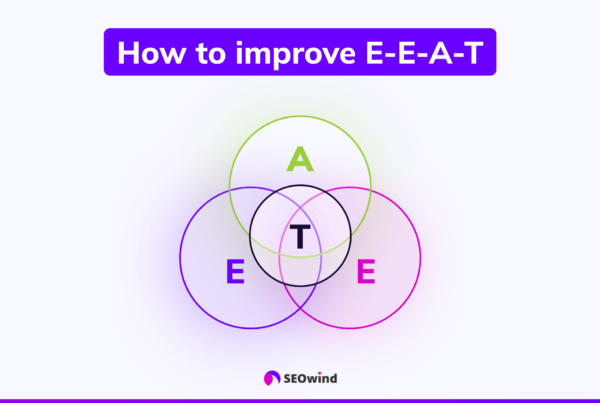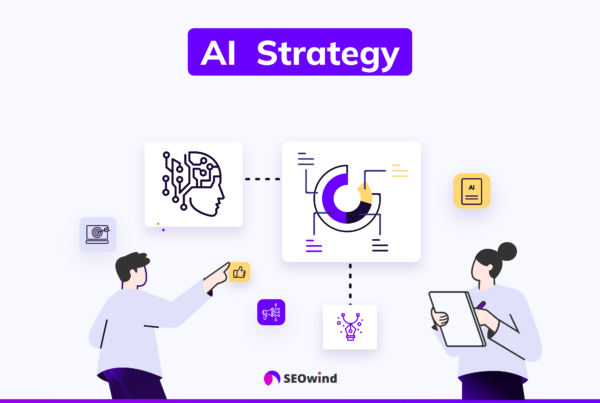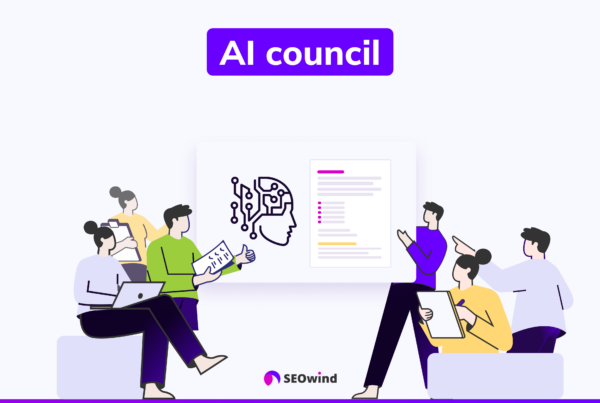In a world where competition is rife and capturing user attention has become labyrinthal, mastering content marketing funnels emerges as an invaluable skill. Suppose you’ve been grappling with weak lead generation, low customer engagement, or difficulty targeting your audiences effectively. In that case, this comprehensive guide on the content marketing funnel is what you need.
What is a Content Marketing Funnel?
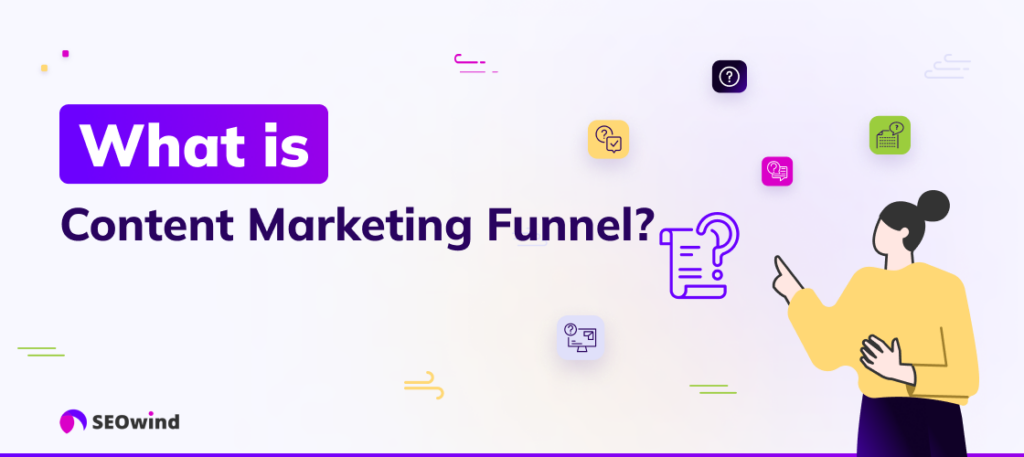
Before conceiving impeccable marketing strategies, we must champion understanding a fundamental concept – the content marketing funnel. The term conjures images of a physical funnel, and rightfully so. Like its literal counterpart assisting in channeling substances into containers smoothly, a content marketing funnel channels prospective customers through different stages of decision-making – aiding them from becoming aware of your brand to finally purchasing your product or service.
Beyond simply being an awareness-generating tool, an optimized content marketing funnel brings structure to your campaign. It allows marketers like myself to tailor strategic assets throughout key progression points – awareness stage (top), consideration stage (middle), and decision stage (bottom). This framework enables businesses to offer value at each juncture while seamlessly guiding prospects toward conversion.
If visualized accurately, one can observe that the quantity shrinks as prospects traverse down the funnel – from general interest to specific product/service inclination. Still, quality inflates, delivering high-value conversions that fuel business growth tremendously.
Demystifying this dynamic blueprint bridges brands closer to their audience and orchestrates lasting relationships—an aspect crucial for sustainable success. So let’s dive right in and navigate our path to mastery over the all-important content marketing funnel!
Stages of the Content Marketing Funnel
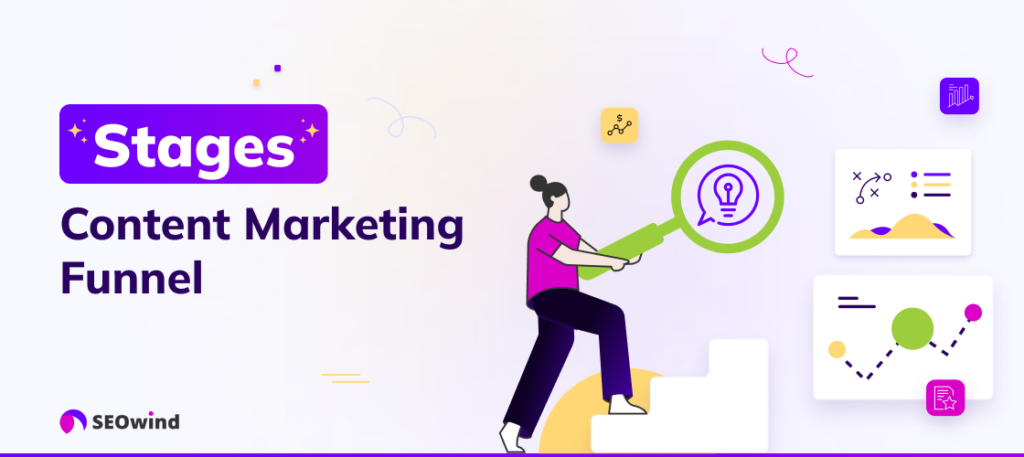
Deciphering the content marketing funnel can be a daunting task. It encapsulates various stages, each possessing its unique elements and requirements. Understanding these intricate stages of the marketing funnel is essential to tailor your marketing strategy accordingly.
Top of the Funnel (TOFU)
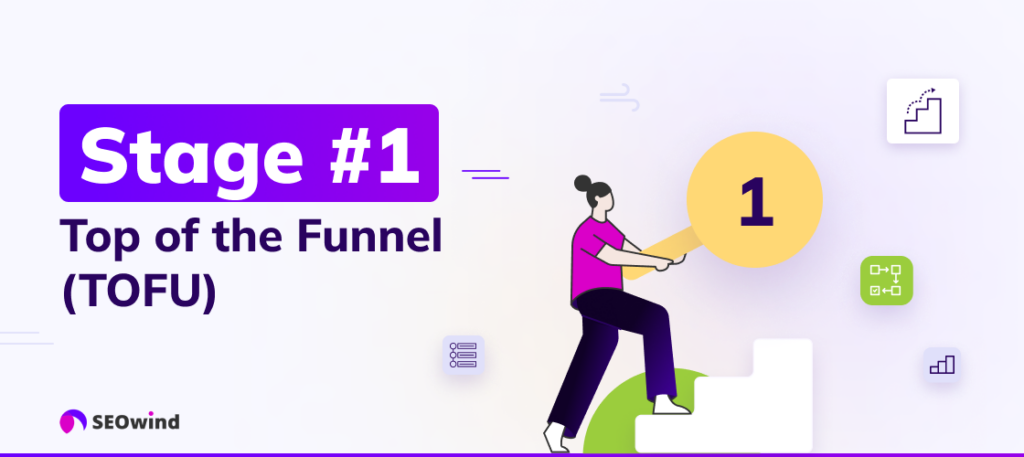
Effective broadcasting can benefit awareness funnel marketing at this initial discovery stage. In essence, ‘Top Of Funnel’ content primarily focuses on creating brand recognition while educating potential customers about their pain points.
Remember how attracting bees involves spreading an alluring scent? Fostering TOFU essentially follows the same principle ─ spreading engaging top-of-funnel content enables drawing in potential customers from a broad audience spectrum. Visitors at this stage aren’t likely converts yet; they’re explorers commencing their buyer journey.
Hence, you must endeavor to share compelling knowledge without pushing sales aggressively. The purpose here isn’t direct selling but funneling in marketing by cultivating engagement with visitors through appealing and informative content.
Middle of the Funnel (MOFU)
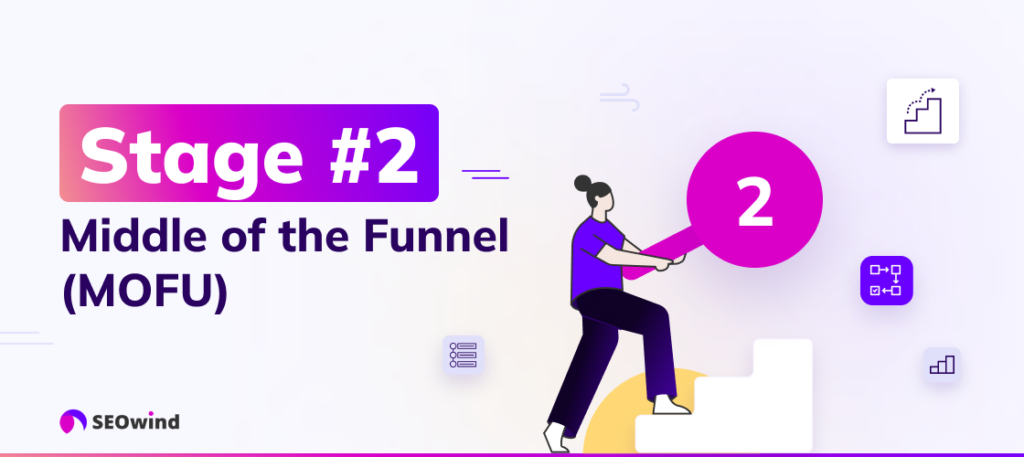
The middle stage – affectionately referred to as MOFU – addresses those who’ve entered the consideration funnel after becoming aware of your brand’s existence and its offered solutions. They’ve seen what you’re putting out there – for example, in the form of a a blog post or social media post – and are now trying to decide if it’s worth delving better into your business.
Herein lies the perfect opportunity for your brand to stand apart from competitors by presenting more targeted pitches and persuasive arguments that further consolidate why visitors should consider your offerings seriously instead of others’, thereby addressing what questions can help define your consideration stage more comprehensively and decidedly.
Your goal at MOFU should be nurturing leads – assisting them in their evaluation process while patiently anticipating their next move. Strategically designed middle-funnel marketing stages provide feasible solutions without overbearing sales pressure and nurture relationships with prospective clients, preparing them ultimately for conversion.
Bottom Funnel (BOFU)
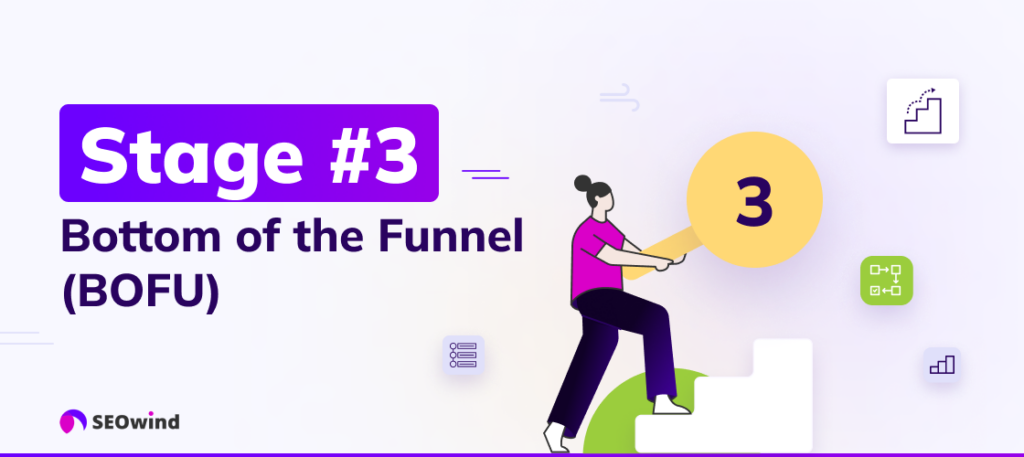
The end stage represents those prospects on the precipice—the verge of becoming legit consumers from mere spectators, teetering enthusiastically between awareness consideration conversion phenomena. You must create compelling and relevant content first to make potential customers act. This will convince them of the value and effectiveness of your offerings, which you established earlier. Consistently reinforcing positive impressions is essential throughout the process.
Bottom line: Drive potent calls-to-action using BOFUs targeting immediate conversions!
How To Start Mapping Your Content Funnel
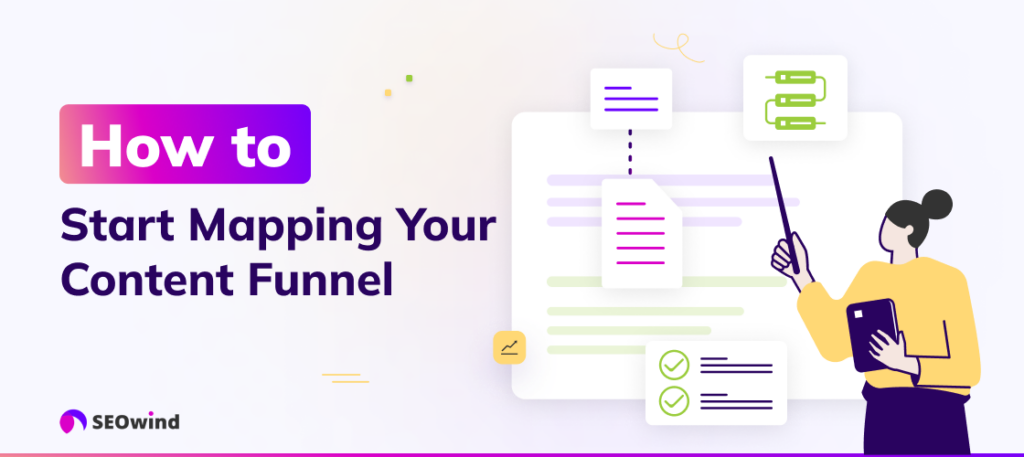
Understanding your content marketing funnel starts with mapping it out. This progression is a roadmap that guides prospective customers from barely knowing about your business to making a purchase or staying loyal to your brand.
Top Funnel Content
At the top of the funnel, you are dealing primarily with people who have just discovered you. These potential customers are in the awareness stage, which entails understanding their problem and realizing they need a solution. Creating content for this stage is to grab attention and bring as many leads into the marketing awareness funnel as possible.
The key here is to create content to provide beneficial information without being overly promotional or sales. Top-of-funnel content may include blog posts answering common questions, informative videos, insightful social media posts, or free ebooks – all created with one goal: boosting funnel awareness by delivering value and positioning your brand as a thought leader.
This strategy will help create initial trust and credibility between you and potential customers while establishing the relationship necessary for them to feel comfortable exploring further down your funnel.
Middle Funnel Content
Moving on to stages deeper inside the marketing funnel means engaging those who have shown an interest in what you offer but haven’t yet committed. Here lie your middle-of-funnel content opportunities, often referred to interchangeably as consideration funnel content.
Middle-of-funnel content builds upon the established trust from previous interactions while prompting potential clients to decide. Your main objective is nurturing these leads by offering more specialized, detailed material geared toward helping them comprehend why they need what you provide specifically.
Examples of successful middle-of-the-funnel content include webinars discussing the benefits of utilizing certain services or pdfs comparing options available within their niche market. ‘How-to’ guides showcasing practical use for products also work well at this phase of your content journey through marketing considerations.
Remember, at this point in their buyer journey example, prospects appreciate quality over quantity regarding actionable advice from materials such as expert interviews or case studies.
Bottom Funnel Content
We finally arrive at the crucial stages nearing the end of our sales flow. Prospects in these sections may require just final nudges before taking action, i.e., buying, subscribing, etcetera, and thus begins rounds for bottom-funnel activities through personalized intent-driven offers encouraging conversion.
This area could turn attendees into buyers overnight by employing strategies like presenting specific product-feature demonstrations or arranging live Q&A sessions focussing on overcoming customer objections systematically. At the same time, thereby encouraging detailed conversations and unlimited engagements- ultimately leading to agreed deals.
You can effectively employ these approaches while using diverse platforms; however, email remains often the most effective channel (especially considering GDPR compliance) because large chunks of messages reach intended recipients directly, minimizing the chances of losing signal amidst the noise of their other mediums.
Finally, setting up anti-cart abandonment initiatives such as ‘exclusive limited-time deals tend to prove highly invincible tools arsenal converting almost-ready-buy browsers committed purchasers managing to achieve phenomenal success rates overall thus closing loops perfectly inside content marketing funnels structure concluding happily ever afters stories seemingly ending remarkable vanquishing feats charted throughout elaborately labyrinthine passages sophisticated arena known contemporary digital ecosystems.
Understanding the Buyer’s Journey in Content Marketing
As a pivotal aspect of content marketing, understanding the buyer’s journey lets you grasp how prospects interact with your business at different stages of the “content marketing funnel.” Albeit complex, breaking it down into three main parts – awareness, consideration, and conversion – simplifies it.
- Awareness: The individual realizes they have a problem or need that must be addressed.
- Consideration: The prospect acknowledges your business as one that might solve their issue.
- Conversion: They decide whether or not to buy from your company.
This process reflects the fundamental stages each potential customer goes through before purchasing. However, it is essential to remember that every buyer’s journey is unique and could deviate somewhat from this model.
Awareness Stage
One could argue that the most critical stage of the buyer’s journey is the awareness stage. It’s where everything begins! Here, potential customers face a problem but aren’t quite sure what it is.
To assist these individuals, marketers must provide informational content that aids them in identifying their challenges and needs. By adequately educating potential customers during this phase, businesses will establish brand trust early on during their “content buyers” journey.
Top-of-funnel content such as blog posts, ebooks, educational videos, or infographics captures people’s attention at this stage.
Consideration Stage
As we transition into the ‘consideration’ part of the customer journey—the answer phrase to our inquiry: “What question can help define your consideration stage?” —it becomes about proving you offer feasible solutions for them.
Herein lies an opportunity to showcase your expertise. Product comparisons work well here, with demo videos and case studies demonstrating how past customers combated similar challenges using your products or services.
Conversion Stage
At this juncture, often called “conversion,” customers are ready to make buying decisions. Lucky you if a prospect has made it this far—it implies they consider you fit for providing the solutions they’re looking for!
But should you take things lightly? Absolutely not! Make concerted efforts by delivering compelling bottom-of-the-funnel content like free trials or discount codes just when needed—an excellent way of locking down a sale! Repurpose clients’ testimonials and customer success stories strategically, re-emphasizing why prospects should finalize their decision in your favor!
Remember—the key here is following up effectively by guiding leads smoothly down each leg of their personalized customer journeys, otherwise commonly referenced as—”funneling in marketing.”
Content Ideas for Each Stage of the Buyer’s Journey
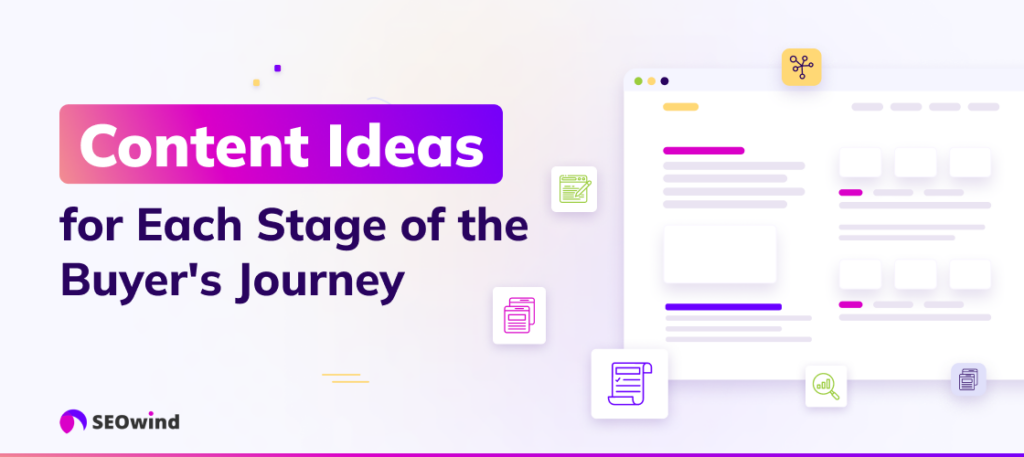
Navigating content creation across buyer journey stages can be daunting. Here, you will find ideas that are tailored to engage and resonate at every stage – top-of-funnel content (TOFU), middle-of-the-funnel (MOFU), and bottom-of-funnel (BOFU).
Top-of-funnel content types for the awareness stage
You capture attention and ignite interest at this initial stage or top-of-funnel marketing. To build marketing funnel awareness, familiarize yourself with these potent content types:
- Blog Posts: Opt for informative posts to generate awareness about your brand or product.
- Ebooks: Dive deeper into specific topics relevant to your target audience to provide higher value.
- Infographics: Visual representation of data or information is captivating and easily consumable, brilliant for attention-grabbing.
- Social Media Campaigns: Use creative taglines, hashtags & visuals to reach a wider audience and enhance marketing funnel awareness.
- Podcasts: A trendy source of information that appeals mainly to tech-savvy patrons.
- Educational Videos: Informative videos or webinars offer valuable insights while seamlessly introducing your audience to your product’s relevance.
Remember that SEO plays a crucial role at this stage. Hence ensure your keywords align with user search intent.
Middle-of-funnel content types for consideration phase
Soon after creating interest comes the consideration stage – often seen as a tricky phase where potential customers evaluate solutions for their problems. During this middle-of-the-funnel phase, focus on nurturing relationships by offering more specific information tailored to their needs.
- Email newsletters provide consistent touchpoints with prospects maintaining an ongoing engagement.
- Seek customer responses through short quizzes or surveys; they appreciate being heard while you get crucial customer insight.
- Case Studies & Testimonials: Real-life examples validate your offerings and bolster credibility.
- Webinars & Tutorials: Deeper dives into topics help establish authority and pique curiosity about how your services work.
- White Papers & Ebooks: Lengthier reads demonstrate thought leadership while capturing trust through expert insights.
Here lies an opportunity to answer the question – what question can help define your consideration stage? Optimize these deliverables to increase engagement beyond clicks, influencing the frequency of dwell time and returning visitors.
Bottom-of-funnel content types for the decision stage
Finally, we reach the vital decision-making phase where bottom-of-the-funnel content must be convincing enough for leads to choose you over the competition. This decisive phase ultimately translates prospects into actual buyers.
- Offer free trials or demos where feasible, which most effectively convey how valuable your product/service can potentially be for them.
- Case studies are convincing illustrations of real-life successful usage–they practically sell themselves!
- Testimonials consistently drive sales since people rely heavily on word-of-mouth references these days.
- Discounts & Promotions: Enticements give customers that final nudge towards purchase commitment.
- Comparison Charts: Clearly illustrated value propositions against competitors fuel confidence in decision making
- Sales pages: Keeping all relevant details in one place helps provide immediate answers without sending the customer elsewhere for further research.
Bear in mind–the intention shifts from attracting broad audiences in TOFU to ideally closing conversions in BOFU; planning carefully aligned content aids seamless progression through these marketing stages when practiced effectively!
Remember: one size does not fit all when crafting a compelling narrative across marketing funnel stages! Adopting a multi-format approach helps develop resilient strategies ensuring consistent growth in reach and conversion rates throughout the content journey.
Creating Compelling Content for Each Funnel Stage
The success of your content marketing funnel largely hinges on how compelling and engaging your content is. Let’s delve into practical tips you can employ to create robust materials that effectively move potential customers from one stage to the next.
Top-of-the-Funnel Content Tips
Creating top-of-funnel content, or TOFU involves crafting material catered toward prospects at the marketing funnel’s awareness stage.
- Anchor Your TOFU Content in Education: Crafting informative pieces like blog posts, articles, or ebooks helps foster trust with your audience. It answers their questions and begins building a relationship.
- Feel free to use SEO Funnel Techniques: This ensures you attract visitors and those ready to learn about your solutions.
- Lastly, ensure that your TOFU content is entertaining and educational, such as using infographics or videos. This amplifies its shareability across social media platforms providing an additional boost in visibility.
Middle-of-the-Funnel Content Tips
As we navigate more profound into the marketing phases, our focus shifts toward considering funnel materials (MOFU). Here are some captivating middle-funnel techniques:
- Create Interactive and Engaging Content: At this point, engage users through quizzes, calculators, webinars, or interactive infographics.
- Involve more detailed solutions like whitepapers or product guides, which give prospective customers an in-depth look at what they’d gain by choosing your product/service.
- Remember to maintain effective communication via email newsletters – a great way to provide consistent value while gently nudging them further down the sales funnel template designed by you.
Bottom-of-the-Funnel Content Tips
For potential customers reaching this decidedly pivotal part of their buyer journey example indicates readiness for conversion.
- Create specific case studies illustrating how your product/service has helped past clientele (concrete numbers and impressive results).
- Invite them for free trials or live demos presenting them with a hands-on experience regardless of what questions they might still have concerning their consideration stage.
- Promote clients’ testimonials and reviews as they prove instrumental in cementing customer trust, further boosting sales rates; people love seeing positive experiences from previous users!
Remember that mastering each stage of the marketing stages prevents the loss of potential leads due to disinterest or lack of information, thus ensuring continuity along different marketing funnel stages within your business strategy.
Beyond Funnel Content: Retention Content Types & Tips
There’s more to a content marketing funnel than channeling your potential customers toward a purchase. After the conversion stage, there lies an essential aspect of a content marketing strategy that sometimes gets overlooked – customer retention.
Contrary to prevalent belief, your marketing role doesn’t end after ‘funneling’ in customers. You’ve got to go beyond just making sales and nurture these relationships to generate loyal fans for your brand. The ultimate goal isn’t solely about buying; it’s about repeat purchases, advocacy, and customer loyalty.
Optimizing the customer experience, even post-conversion, requires another level of expertise — mastering retention content types and relevant tips. This practice helps ensure continuity in the bond with customers even after they have gone down the sales funnel template and made a purchase. Hence, our focus won’t be strictly on aspects like the SEO funnel or stages of the marketing funnel but beyond.
Retention through Educational Content
Develop valuable educational resources such as webinars, informative blog posts, or product tutorials — essentially any content forms that will enhance user experience with your product or service. You should aim to make their lives easier by addressing common pain points. Provide worthwhile solutions through your content which would prove indispensable to them.
Leverage Social Media
With millions of users active daily on social media platforms, ignoring these channels can be costly. Cultivate engagement across all primary social profiles since they serve as effective tools for maintaining connections with happy customers. Spread your retention-oriented messages via Facebook updates, engaging Instagram stories, or timely Tweets.
Successful Newsletters
Create successful newsletters that provide substantial value and keep you at the top of mind among subscribers. Try sharing exclusive deals or giving sneak peeks into new upcoming developments – anything interesting enough for clients to anticipate future editions eagerly.
Now remember: Each business is unique so retention strategies may vary from one organization to another. But fundamentally, weaving persistence into every facet of your marketing approach while consistently delivering value ensures you stay ahead in this game of perseverance. Keep exploring! Go above and beyond crafting compelling TOFU (Top Of Funnel) material to induce long-term client loyalty – maximize return on investment from each customer down the line by specializing in effective retention content planning!
In doing so, not only do they become recurrent representative buyers, but they also turn into valuable advocates for your brand. This way, they extend awareness further down their audiences, indirectly expanding yours in return – acting additionally as a dynamic awareness-funnel tool driving broader visibility organically surpassing traditional outreach scope!
Measuring Your Funnel Performance
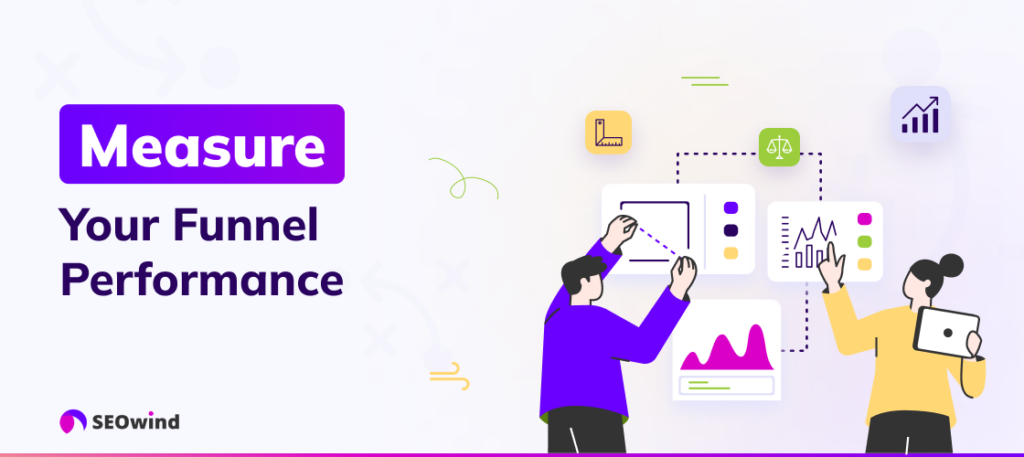
Creating an effective content marketing funnel is a significant step in your business’s growth. Yet, gauging the performance of this key strategy demands equal attention. Exploring tangible measurements can provide critical insights into the effectiveness of your marketing funnel stages.
Therefore it’s crucial to outline key performance indicators (KPIs). These KPIs will focus on three primary areas; traffic acquisition, conversion rates, and customer retention.
Traffic Acquisition
Examining web traffic begins at the TOFU or ‘awareness stage.’ Here, metrics such as page views, unique visitors, click-through rates (CTR), SEO rankings, and related keyword metrics should be sought after. Similarly, social media platforms can offer valuable insights. Social shares, likes, and comments underpin social engagement giving clues about the audience’s level of interest in our content journey.
Conversion Rates
Moving down to MOFU and BOFU -‘ consideration’ and ‘decision’ stages, respectively – we turn our heads towards conversion rates. You should pay attention to newsletter sign-ups or fill out forms indicating potential leads. Equally important is monitoring actual sales or referrals for services hinting at conversion success at these stages.
Customer Retention
Last but notably so, customer retention is paramount in understanding funnel performance. Repeat customers or those consistently engaging with your brand suggest successful post-purchase retention strategies, including email marketing campaigns or loyalty program involvement.
Focusing on these metrics relevant to every stage of your content marketing funnel will give you clarity over its overall efficiency. It doesn’t just end there, though! Continual analysis using such measures allows iterative optimization enhancing future funnels. Remember, above all, performing optimally isn’t necessarily about reaching more people but getting the right ones efficiently – those who convert from fleeting guests into loyal patrons navigating through your marketing awareness funnels successfully.
Best Practices for Creating and Optimizing Your Content Marketing Funnel
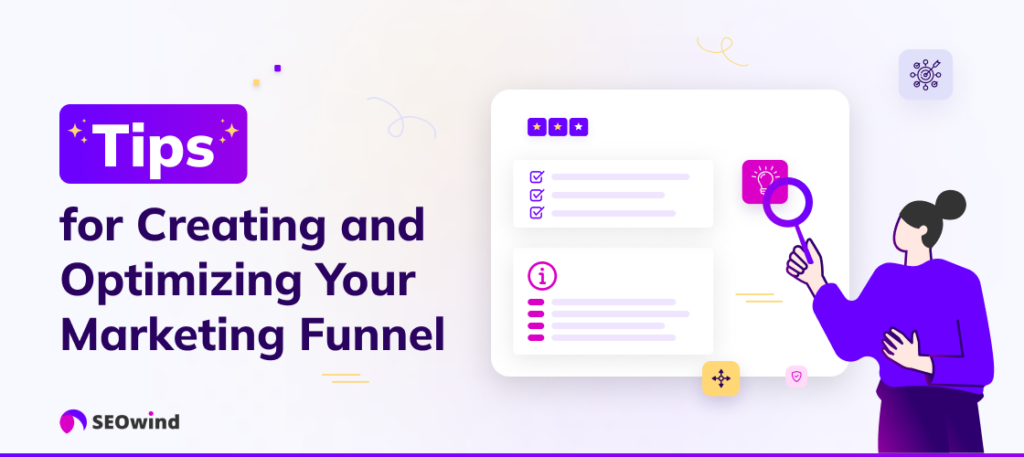
Achieving mastery of the content marketing funnel requires an understanding of best practices aimed at creating and optimizing each stage. This includes producing compelling top-of-the-funnel content, engaging middle-of-the-funnel content, and strategically converting bottom-of-the-funnel content.
Create Compelling Top-of-the-Funnel Content
The first step in capturing your audience’s attention is creating irresistible ‘Top of Funnel’ (ToFu) content. ToFu is typically the initial contact a prospect has with your brand. It is critical to create high-quality, informative pieces that illuminate and resonate with their pain points or interests.
- Prioritize Broad-Relevance Topics: Appeal to the broadest possible audience by focusing on general topics related to your industry or niche.
- Educational Is Essential: Use this stage to enlighten prospects about potential challenges they might be facing, thus positioning yourself as a trusted advisor right from the get-go.
Keep Drawing Them in With Middle-of-the-Funnel Content
In this stage, affectionately known as MoFu (Middle of Funnel), it’s time to steer clear of broad strokes. Start offering specific solutions catering to those whose interest you ignited at your funnel’s top.
- Engage with more targeted and personalized messages, addressing unique customer personas and their varying needs;
- Include casual-seeming calls to action, such as subscribing for free trials or newsletters.
These strategies entail providing value while subtly nurturing your leads closer to conversion.
Strategically Convert with Bottom-of-the-Funnel Content
Last but certainly not least, there’s BoFu – Bottom of Funnel – a crucial section if there ever was one! This part focuses on conversion: turning interested prospects into customers. Remember, here we are dealing primarily with individuals who have been sufficiently educated about their issues and nurtured through varied offerings suited to their situation.
Those committed enough to reach this far down the funnel are looking for confirmation and reassurance that they’re making the right decision choosing you over competitors:
- Share customer testimonials and detailed case studies;
- Offer exclusive discounts or gifts upon purchase;
Ultimately aim at affirming choice through competitive differentiation while ensuring smooth onboarding experiences post-conversion.
Integrating these best practices within each marketing funnel stage should help any marketer develop adeptness at gaining audience awareness, facilitating informed consideration decisions, and ultimately prompting conversion — bringing you closer to mastering your optimized marketing funnel masterpiece!
Conclusion
As we reach the closing phase of our comprehensive guide, it’s clear that mastering the content marketing funnel isn’t an overnight process. It involves understanding your audience, structuring your strategies around crucial stages of this funnel, and designing compelling content that aligns with each stage.
Remember the importance of transparency and authenticity in every content you create. These attributes can foster trust and convert mere site visitors into advocates for your brand.
Understanding the buyer’s journey in content marketing is essential as well. By successfully mapping out engaging top-of-funnel, middle-of-funnel, and bottom-of-funnel content, you’re setting up your potential customers to voluntarily maneuver through these stages—from awareness to consideration to purchase decision—with ease.
In addition, consistently measuring your funnel performance is critical to making informed improvements along the way. From tweaking SEO keywords as part of funneling in marketing to refining sales funnel templates—every data-driven decision matters greatly when aiming for optimization.
Lastly, don’t overlook retention-focused initiatives after a successful conversion. Trust me on this one—it’s just as vital (and fruitful!) to nurture existing customer relationships as it is to acquire new ones.
With strategic planning and consistent effort, you have everything within reach to master your content marketing funnel aptly! Keep exploring best practices and continuously improve upon them—and certainly, unprecedented growth will follow.
